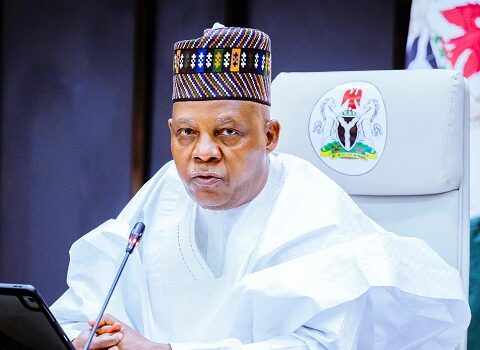1. Routine Drainage Maintenance
Lagos State has expanded its all-year drainage maintenance program. In the first half of 2025, over 166 km of secondary drainage were desilted and cleared by the Emergency Flood Abatement Gang (EFAG), focusing on the worst flood‑prone “dark spots.” In 2024 alone, some 666 km of secondary drains were cleaned, and key primary channels were concretized to enhance stormwater flow.
2. Innovative Pumping Infrastructure
A West Africa first: the Ilubirin Pumping Station on Lagos Island is designed to pump stormwater into the lagoon via an elevated channel. As of recent tests, the station is operational and helping stabilize flood-prone areas. In the interim, temporary pumping stations have been installed under the Adeniji Adele underbridge to relieve flooding in areas such as Aroloya Street, Ojo‑Giwa, Binuyo, and Oroyinyin while regeneration works continue.
3. Lagos Island Urban Regeneration
Lagos Island is undergoing a comprehensive urban regeneration project targeting areas like Adeniji, Oroyinyin, Idumagbo, Ojo Giwa, Jankara, and Aroloya. The plan includes road elevation, drainage redesign, expanded collector drains, and enhanced urban planning. Project timelines span 9 to 24 months, with phased openings and construction expected to permanently resolve structural flooding issues.
During an inspection tour, Commissioner Tokunbo Wahab emphasized that while construction causes inconvenience, it is necessary for long-term flood resilience. Illegal structures blocking drainage—including shanties near King Ado High School and unapproved building materials dumped on Idi Oluwo—were removed or sealed to maintain flow paths.
4. Real-Time Monitoring & Early Warning Systems
Lagos has invested in weather and hydrological infrastructure, including automatic weather stations and river gauging stations at strategic locations like Majidun‑Awori, Falomo, and Kara. These allow real-time monitoring of rainfall, water levels, and tidal patterns. Alerts are issued to residents and agencies when flood risk surges.
5. Waste Enforcement & Sanitation Campaigns
To prevent drain blockage—a frequent flood trigger—Lagos deployed over 15,000 street sweepers, supported by PSP operators and supervised by LAWMA. The Environmental Sanitation Corps (LAGESC) and Kick Against Indiscipline (KAI) officers actively patrol flood‑prone areas, and over 3,000 enforcement actions were recorded in one year. Public education campaigns emphasize the dangers of dumping waste into canals or gutters.
Styrofoam food containers and single‑use plastics were banned starting January 2024, and full enforcement is expected by July 1, 2025, reducing common blockages in drainage systems.
Integrated approach: Combining infrastructure upgrades, real-time data, enforcement, and public engagement.
Community involvement: Government recognizes citizen cooperation as essential to success.
Long-term planning: While flooding remains seasonal, the structural plans are aimed at building resilience.
Responsive governance: Steps taken range from emergency measures to strategic urban renewal.



























